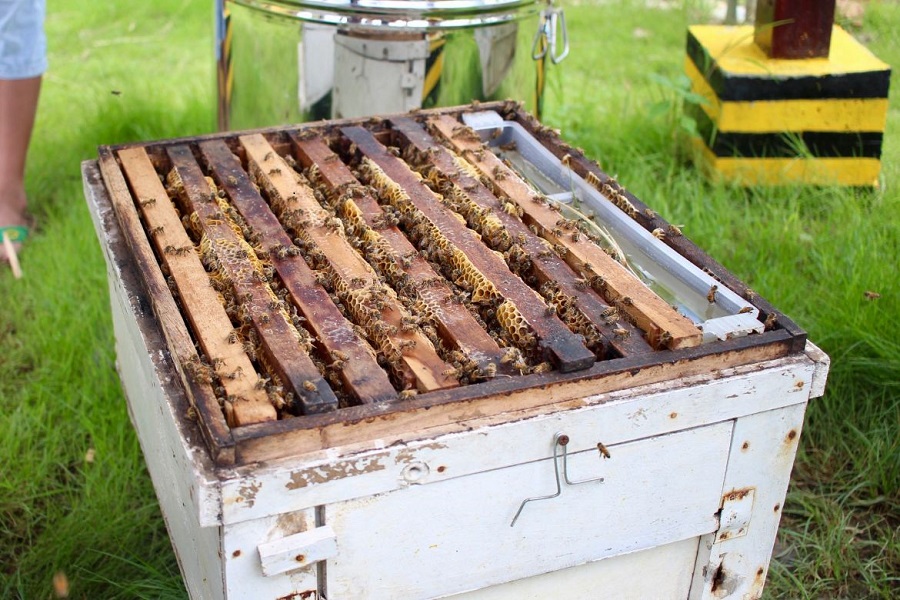While most people are familiar with honey as a natural sweetener and an alternative to refined cane sugar in the kitchen, not everyone has heard of or knows the difference between manuka honey in comparison to the standard honey on the grocery store shelves.
Derived from the manuka tree native to Australia and New Zealand, manuka honey is currently one of the most researched honeys. As a monofloral honey, it has been one of the most promising thus far in regards to antimicrobial and antioxidant features. Darker colored honey, as seen with manuka honey, is currently considered to be superior because of its higher concentration of phenolic and phytochemical compounds. This higher concentration can be powerful when it comes to beneficial antioxidant and antibacterial effects in the body. It also has anti-inflammatory benefits that allow manuka honey to be healing for wounds and sunburn.
Interestingly enough, manuka honey can be used topically to clear up wound infections – including ones from deep surgical wounds when conventional antibiotic and antiseptic therapies have not been effective for a patient. Manuka honey has a specific compound called MGO (methylglyoxal), also known as the “unique manuka factor,” which provides the non-peroxide antibacterial activity that manuka is known for.
There are two main theories in explaining why honey is beneficial in wound care and healing:
- It prevents a prolonged inflammatory response, therefore suppressing the production and multiplication of inflammatory immune cells at the site of injury
- It stimulates pro-inflammatory cytokines, fibroblasts, and epithelial cells to allow normal healing to occur.
A highlight of manuka honey’s antimicrobial functions is that it does not adversely affect the gut microbiome, unlike traditional antibiotics that disrupt bacterial homeostasis and can complicate gastrointestinal symptoms and whole-body wellness.
In regards to antibacterial benefits, one of the most notable benefits is its effect on treating MRSA (Methicillin-resistant Staphylococcus aureus) – it may even be able to restore susceptibility to antibiotic treatments for the bacteria.
The final topic of interest is manuka honey’s wonderful antioxidant capacity. With its high phenolic content, it is a potent free radical neutralizer. This helps to decrease the potential for DNA degradation and improve glutathione activity in the liver for enhanced detoxification abilities. These antioxidant benefits tie into manuka honey’s anti-cancer properties as well, including apoptosis (death) of cancer cells, inhibition of damaging enzymatic pathways, release of cytotoxic hydrogen peroxide, and scavenging of harmful reactive oxygen species. This has not been confirmed in humans yet, but manuka honey was also able to decrease tumor volume and destroy tumor cells in mice with melanoma as well as decrease inflammation in the colon of rats with inflammatory bowel disease. These are promising results that may be extrapolated to human studies in the future in favor of utilizing manuka honey as an alternative therapy to current standards of care.
Interested in incorporating manuka honey? Set up an appointment with your Newbridge provider!
Resources:
1. Despite dubious claims, manuka honey may be antibiotic powerhouse
2. Honey as a Complementary Medicine
3. The Composition and Biological Activity of Honey: A Focus on Manuka Honey.


